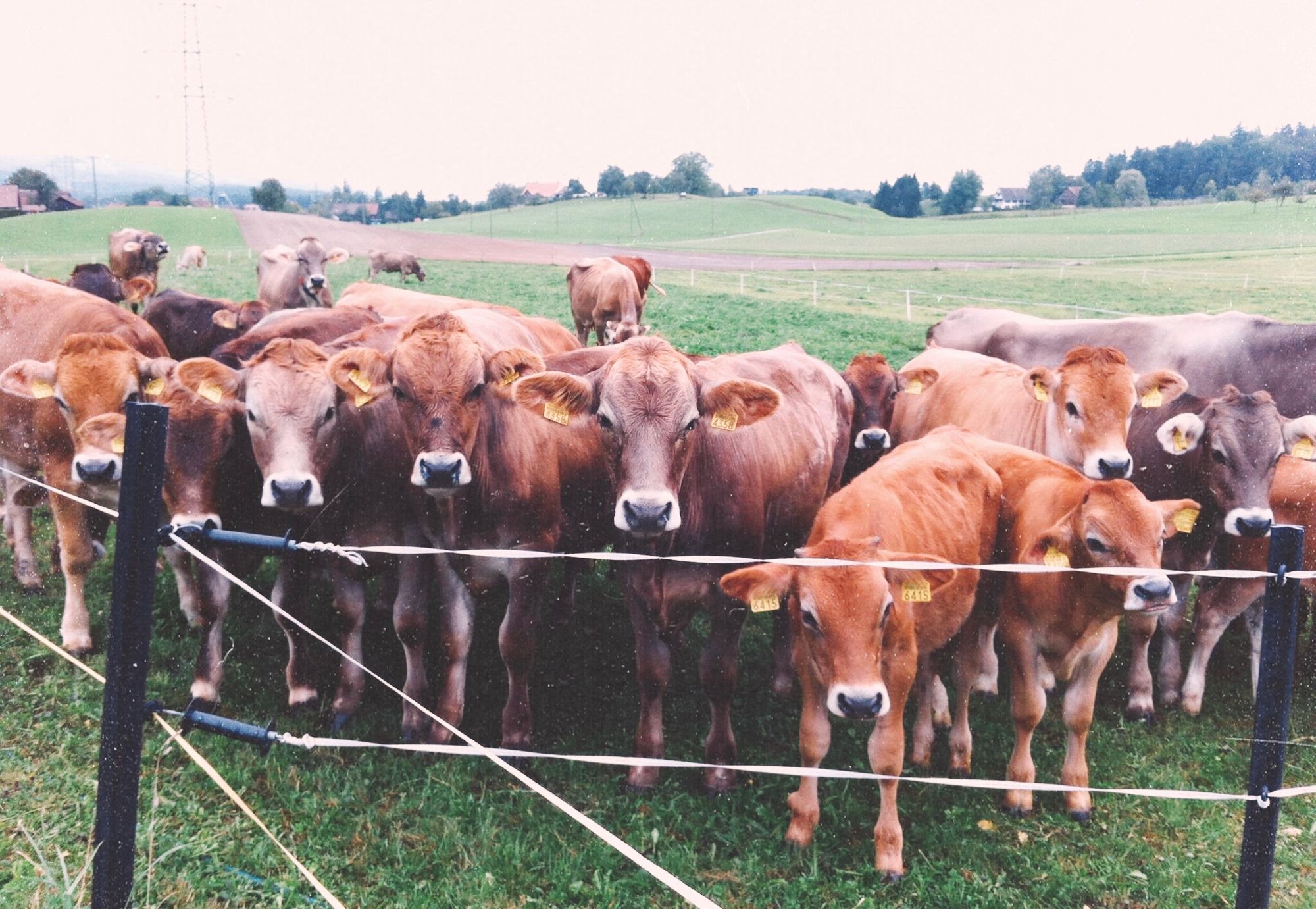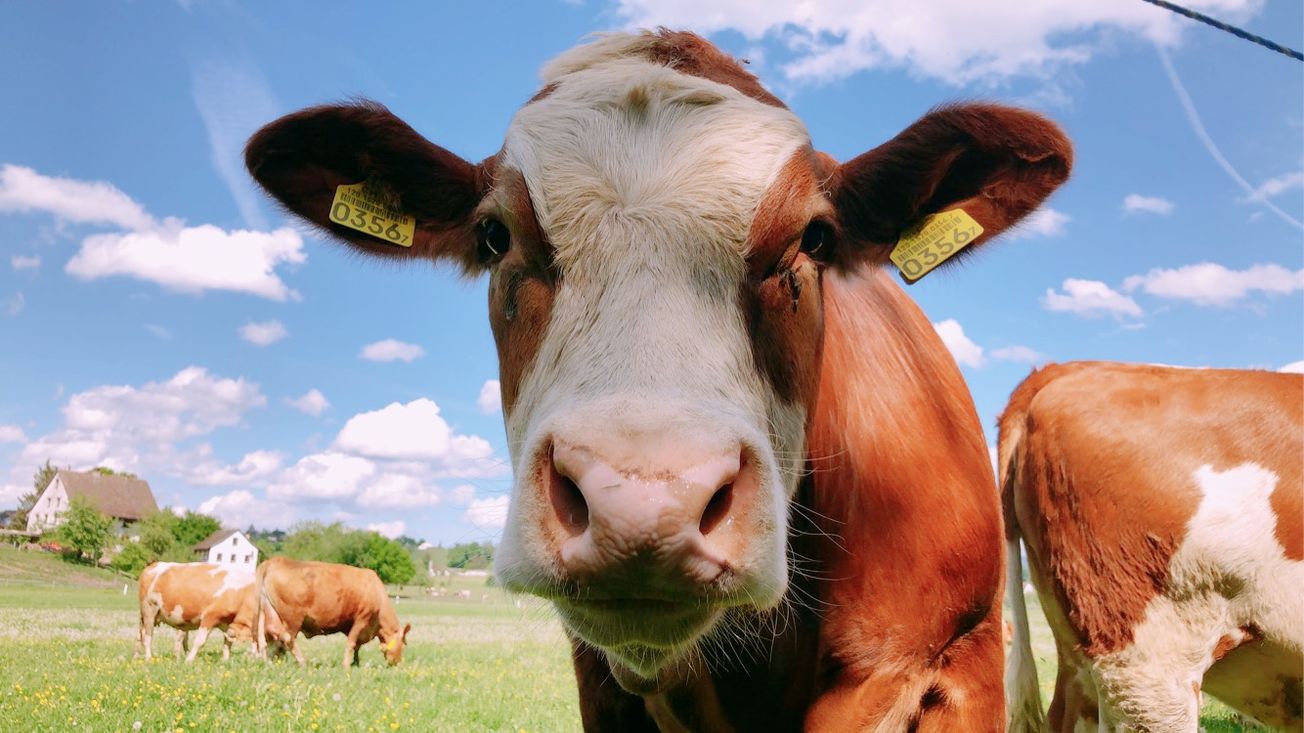By Hana Azuma, Third Year, Biology
Many farmers have intensified their farming practices to keep up with the global demand. This intensification may have succeeded in increases agricultural yields, but has it succeeded in maintaining the well-being of animals? University of Bristol researchers aim to use AI technology to help diagnose disease in livestock.
By 2050, demand for meat and dairy is expected to increase by 70 per cent. Increased economic growth and technical innovation in countries expands consumer demand amongst initially poorer populations. In order to maintain a competitive market, intensive farming of certain livestock has become more common than traditional practices.
In the UK, the welfare of livestock must abide to 5 freedoms: free from hunger and thirst, discomfort, pain and disease, distress and fear, and the expression natural behaviour. However, the livestock intensification often does not respect all of these freedoms; as seen in factory farming of cattle and battery farming of poultry.

Intensive farming keeps high numbers of livestock confined to small areas, in order to reduce energy loss through movement and maximise yield. These farms also feed livestock high-energy grain diets, which could be used to feed humans. They commonly carry out genetic manipulations, whilst injecting growth hormones and antibiotics. This economic model focuses on short-term success rather than long-term sustainability.
Novel research co-founded by Innovate UK and Quant Foundry (QF) in conjunction with the University of Bristol and Agri-EPI centre, aims to enhance the quality of livestock life using artificial intelligence (AI). The technology will be using behavioural analytics from video analysis, in order to swiftly identify illnesses and inform farmers via a mobile app with a score and diagnosis.
This economic model focuses on short-term success rather than long-term sustainability
Managing director at QF, Chris Cormack, ‘We have designed our system to be low cost. Using off-the-shelf components with low energy usage, which can also be used in areas away from internet access. If the farmer has a mobile device, then they can receive information from our system.’
A particular pathogen of concern Leptospirosis, a blood infective bacterium, which can be transmitted to humans. The illness is often difficult to detect, as symptoms are not easily visible, and animals cannot obviously be vocal about illness. This leads to rapid between other individuals, causing severe distress and deaths.
When asked whether this AI could also detect pest infestations, Dr Chris Cormack commented, ‘It depends on the type of pest. If its something like fleas or ticks, and there is a well-defined behavioural aspect, then yes. In fact, we will add that to our list of research areas. We have been focussing on specific ailments up to this point.’
If the diagnosis of illnesses could be sped up, vets and farmers would be able to provide appropriate care more rapidly
WHO reported that at least 370,000 people die from the ingestion of pesticides. It is also estimated that around one billion cases of human pathogenic infections stem from zoonoses annually. Women in developing countries are often the victims of zoonotic diseases, as they are the main vendors in food market.
This research would have beneficial implications on environment and human health. Excessive amounts of insecticide use have a detrimental impact on biodiversity and water pollution. If the diagnosis of illnesses could be sped up, vets and farmers would be able to provide appropriate care more rapidly, which would reduce both the usage of chemicals and discomfort experienced by animals.
Identifying illness is vital, as despite the high yields of cost-effective livestock productions, they are prone to disease outbreaks. Livestock production releases huge amounts of methane into the environment and the resulting higher temperatures affects transmission rates between hosts. Dr Chris Cormack hopes to not only, ‘help farmers provide improved care for their livestock, but also help reduce their economic costs and their environmental impact.’
Can we trust in a future where robots think and act for themselves?
‘Carbon Dots’: Bristol University scientists spearhead sustainable alternative to growing crops
‘This collaboration is a fantastic opportunity to translate cutting-edge artificial intelligence approaches to build upon the UK’s high standards in cattle welfare and support farmers in our targets for net-zero emissions.’ Professor Andrew Dowsey, Chair in Population Health Data Science at Bristol Veterinary School and expert in treating data solutions associated with health and agriculture, commented.
As the demand of animal protein is projected to double by 2050, animal welfare will be a persistent concern. It is vital to continue pinpointing this priority and invest in research, as it is key to protect environments, economy and health.
Featured Image: Epigram / Julia Riopelle
Should use AI to deal with the consequences of intensive farming or should one focus on implementing more sustainable farming methods in the first place?







